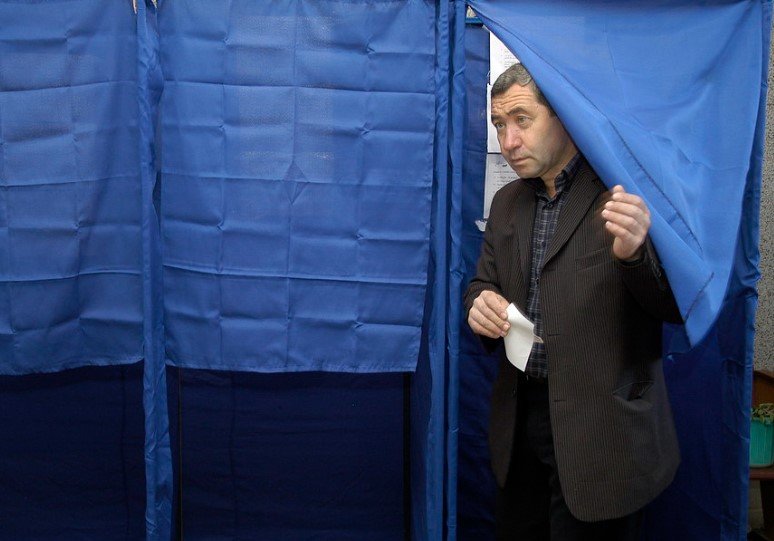Hundreds of thousands of Georgians could soon find their voter registrations wiped from the rolls. State officials plan a sweeping removal of inactive registrations — a move stirring debate about election integrity and voter suppression.
Largest Voter Purge in State History
Georgia’s Secretary of State’s Office announced plans to remove roughly 455,000 inactive voter registrations this summer. It’s not just the biggest voter purge in state history — it ranks among the largest in U.S. history.
State officials argue the purge is a necessary cleanup. The targeted registrations belong to people who haven’t voted or engaged with election offices in nine years. By law, voter rolls must be maintained to ensure accuracy. This purge, they claim, ensures that only eligible, active voters remain.
But not everyone’s convinced. Critics warn that legitimate voters could get caught in the crossfire. One sentence stands out: 455,000 registrations — that’s roughly 6% of the state’s total active voters.

Why Now?
The timing has raised eyebrows. Georgia is a crucial swing state, with hotly contested races looming in 2026. The purge comes as both parties gear up for battles that could decide the balance of power in Congress — and beyond.
The Secretary of State’s Office maintains the timing isn’t political. Spokesperson Mike Hassinger said, “This is about election security, period.”
Still, some wonder whether the purge might unintentionally — or intentionally — tip the scales.
Who’s Affected?
The registrations targeted fall into specific categories:
- People who haven’t voted or contacted election offices since at least 2016.
- Registrations flagged as potentially invalid due to returned mail or other data checks.
- Individuals who may have moved or passed away, but whose status wasn’t officially updated.
Civil rights groups argue this approach is too broad. They fear marginalized communities — especially Black, Latino, and low-income voters — could face disproportionate consequences.
Past Purges and Fallout
This isn’t Georgia’s first high-profile voter purge. In 2017, the state removed over 500,000 registrations — a move later criticized after it emerged some eligible voters were mistakenly scrubbed.
More recently, the 2020 election cycle saw Georgia in the national spotlight. Claims of voter suppression clashed with accusations of election fraud, turning the state into a political powder keg. The latest purge reignites those tensions.
Legal Challenges on the Horizon
Voting rights groups are already preparing to challenge the purge. Fair Fight Action, founded by Stacey Abrams, said they’re closely monitoring the process.
“We’ve seen this playbook before,” said CEO Cianti Stewart-Reid. “The reality is, some eligible voters will inevitably be wrongfully removed. We can’t let that happen.”
Lawsuits aren’t off the table. In past purges, courts have intervened when evidence of improper removals surfaced. This time, the legal battle could be even more intense.
The Bigger Picture
Georgia isn’t alone. Several states are reviewing voter rolls under similar guidelines. Wisconsin and Arizona, two other battleground states, have recently conducted smaller purges.
The push to clean voter rolls stems from longstanding concerns over election fraud. Yet research repeatedly shows voter fraud is exceedingly rare — a point voting rights advocates are quick to highlight.
What Voters Can Do
State officials advise voters to check their registration status. Georgians can verify their records through the state’s “My Voter Page” website.
If a registration is flagged as inactive, voters can restore it by confirming their address or participating in an upcoming election. But that assumes people know they’ve been flagged in the first place.
For now, the purge moves ahead. Whether it protects election integrity or suppresses votes remains a fiercely contested question — one Georgia, and the nation, won’t stop asking anytime soon.
